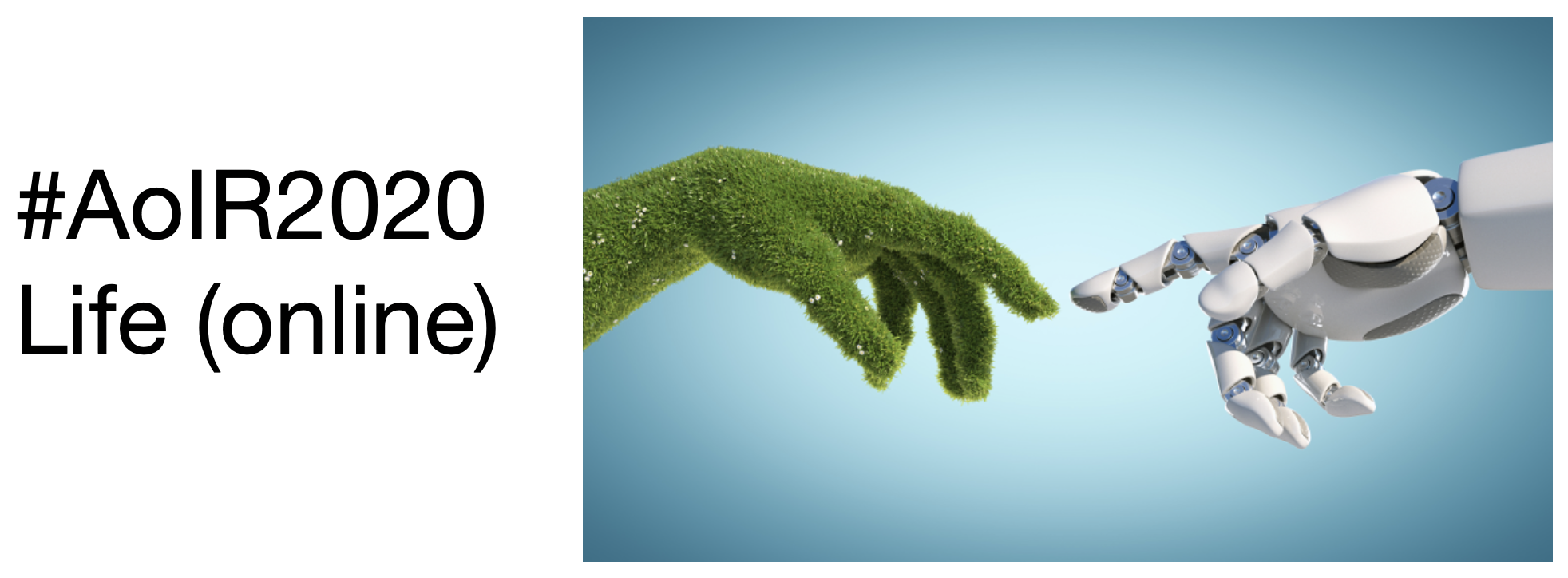THE BIOMETRIC LIVES OF MIGRANTS: BORDERS, DISCRIMINATION AND (IN)JUSTICE
DOI:
https://doi.org/10.5210/spir.v2020i0.11137Keywords:
Biometrics, data, migration, discrimination, bordersAbstract
Biometrics, the technology for measuring, analysing and processing a person’s physiological characteristics, such as their fingerprints, iris or facial patterns, is increasingly used in the management of migrant and refugee flows. This panel interrogates the uses of biometric technologies and the consequences for the lives of migrants and refugees. It asks how biometric data are constituted, what their limitations and biases are, how biometric technologies challenge traditional notions of the physical border, in whose interest and with what implications for migrants and refugees. In particular, in bringing together a multidisciplinary group of international experts to develop a critical, comparative and empirically grounded dialogue, the panel explores the consequences of this ‘machinic life’ for the lives of actual people, migrants and refugees who navigate actual and digital borders in the quest of a better life. As such, the panel engages with crucial themes of processes of bordering, extractive logics and commercial dimensions of biometric flows and algorithmic sorting, discrimination and exclusion, and human agency and autonomy. Ultimately, all papers are concerned with the broader intersection of data, computation and justice.

